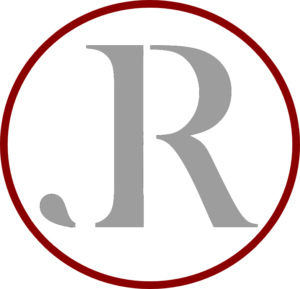Introduction
The three principal entities involved in developing true horsemanship are the coach, the student, and the horse. You must have synergistic integration of all three to achieve success. There can be no missing links. Here is a concise summary of what I think each of them contributes to the whole.
The Coach
- The coach is someone who guides a student toward knowledge in a way that will help a student to understand what is happening and explain what, how, when, and why it is important to the horse. An instructor provides you with information to perform a task.
- A coach will present the student only information that is needed at the time it is needed. A good coach will help the student to learn using methods that best fit a student’s way of learning. For the student this may mean:
-
- Auditory Learning (I hear – I gain knowledge)
- Visual Learning (I see – I remember)
- Kinetic Learning (I do – I understand)
- Giving the student too much knowledge too soon will ‘block’ understanding and learning. Timing of providing it is critical to the learning process. When done well, the student will ‘blossom’.
The Student
- The student is someone who wants to learn; not someone who just wants information. Learning is active on the part of the student. Teaching is passive. Only if the student wants to internalize the information presented can learning occur.
- A student must have a clear mental picture about what his/her expectations are with the horse and what his/her motivations are for wanting to fulfill those expectations.
- Changes in understanding are the result of attaining self-discipline and performing diligent (not perfect) practice.
- A student must be ‘present’, i.e. being focused on this very moment (with the horse) and have clearly defined goals.
- It would be beneficial if one recited this little reminder before starting to work with the horse: place your hands on the horse and say “I am your whole world and you are my whole world. Together we are one world, let’s stay it.”
- Students must always prepare themselves and their horse to position for the transition and then the transition will take care of itself. Therefore, they must learn how to become prepared, not just how to do something mechanically and perhaps end up being out of sync with the horse.
- Students must learn to ‘feel’ instead of always “doing something first”.
- When working with horses, the student must first accept ‘what is’ for the present moment before taking action to either encourage it or channel it into something that is correct.
- The student must understand different kinds of energy, positive and negative, and how that energy affects themselves and the horse when working together.
- The student must get rid of ego, anger, impatience, competition, and laziness because they are the enemies of good horsemanship.
The Horse
- The horse is particularly sensitive to changes in human emotions, which show up in our changed energy fields. They know and respond (adapt) to our mental, physical, as well as our emotional status – and any change in the horse, in turn, affects the human also, thus eliciting other feelings which causes energy changes in us. It is a reciprocal feedback between the student and the horse.
- People have about 15 minutes of energy in them before they get tired. Horses pick up on this weakness and learn how to outlast you – especially when you are working a horse on the ground in a round pen.
- The horse knows everything about you to a deeper degree than your partner, husband, wife, mother, father, off-spring, spiritual mentor, etc. knows about you. You cannot fool or trick the horse.
- The horse knows how you breathe, i.e., with your lungs or with your abdominal area. The former makes your seat lighter and not so effective in its use; the latter deepens your seat and makes you ‘one with the horse’, so to speak.
- The horse knows if and when you hold your breath. If you hold your breath, the horse will begin to feel panicky.
- The horse knows what your heart rate is.
- The horse knows when you blink.
- The horse knows where you are looking.
- The horse feels every emotion that you experience and acts accordingly. Fear, excitement, joy, anxiety, aggressiveness, appreciation, lack of confidence, etc.
- And the list goes on and on.
Parting Suggestions
- OBSERVE – everything that is taking place between you and the horse
- ADAPT – your approach to fit the situation at hand
- ADOPT – correct techniques that will either discourage unwanted or uncalled for behavior from the horse or encourage and hone the behavior that will enhance the horse’s education to the degree that you would like him to have.
Closing Thoughts
- The acknowledged ‘father’ of “Natural Horsemanship”, Tom Dorrance, once stated that “Man looks down on the horse”. I offer you the idea that the human rather needs to ‘look up to the horse’, and accept the horse for what he is – a horse, because the horse will help you develop character as well as presenting you with an ethical way of living life – if you will just give the horse the chance.
- Working with (as opposed to being in opposition to) and understanding the horse’s remarkable memory, physical abilities, forgiving nature and sensibilities along with the guidance of a knowledgeable and carefully selected coach, one will be able to enrich his or her life experiences to a greater degree than without the horse.
